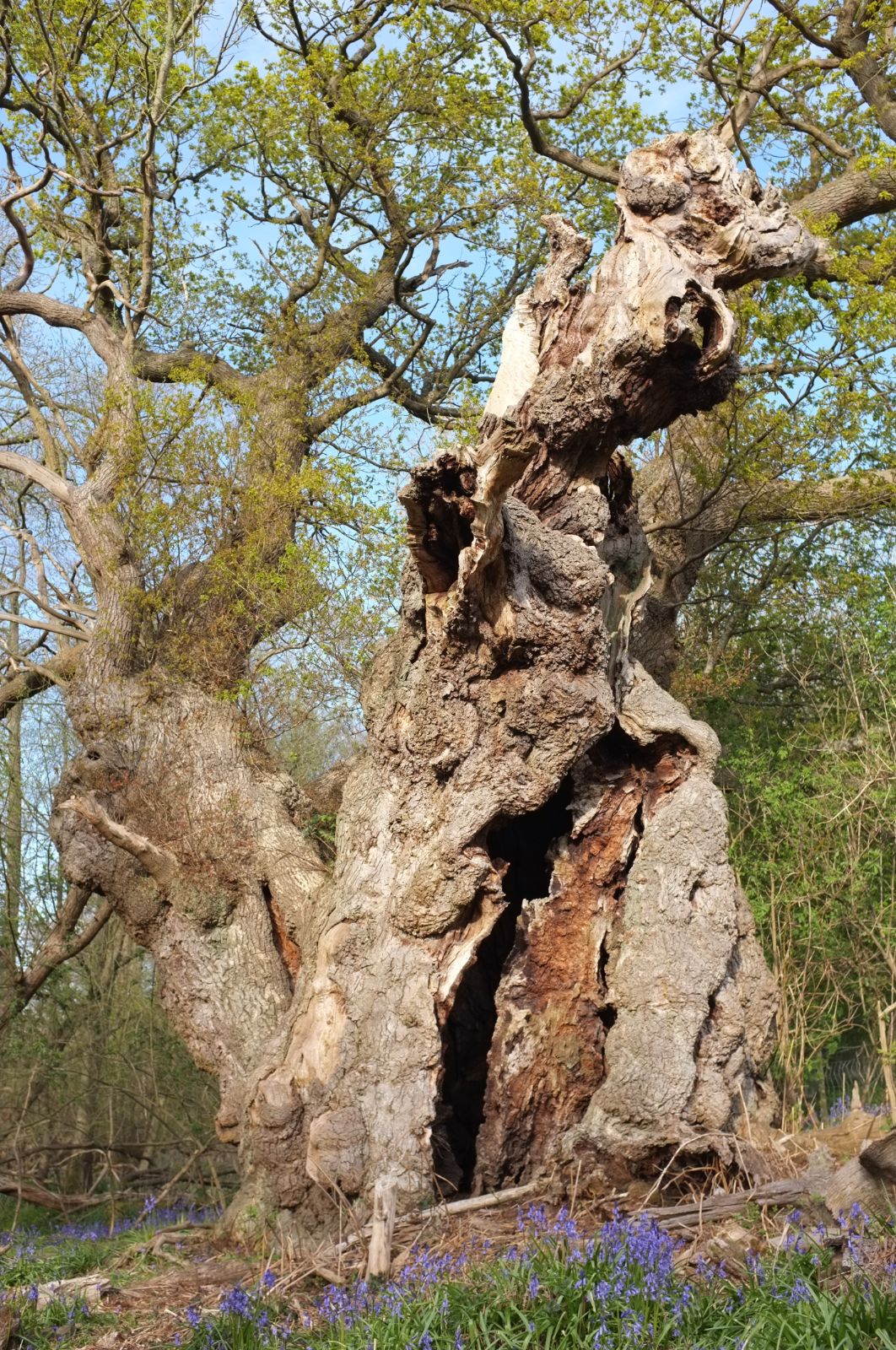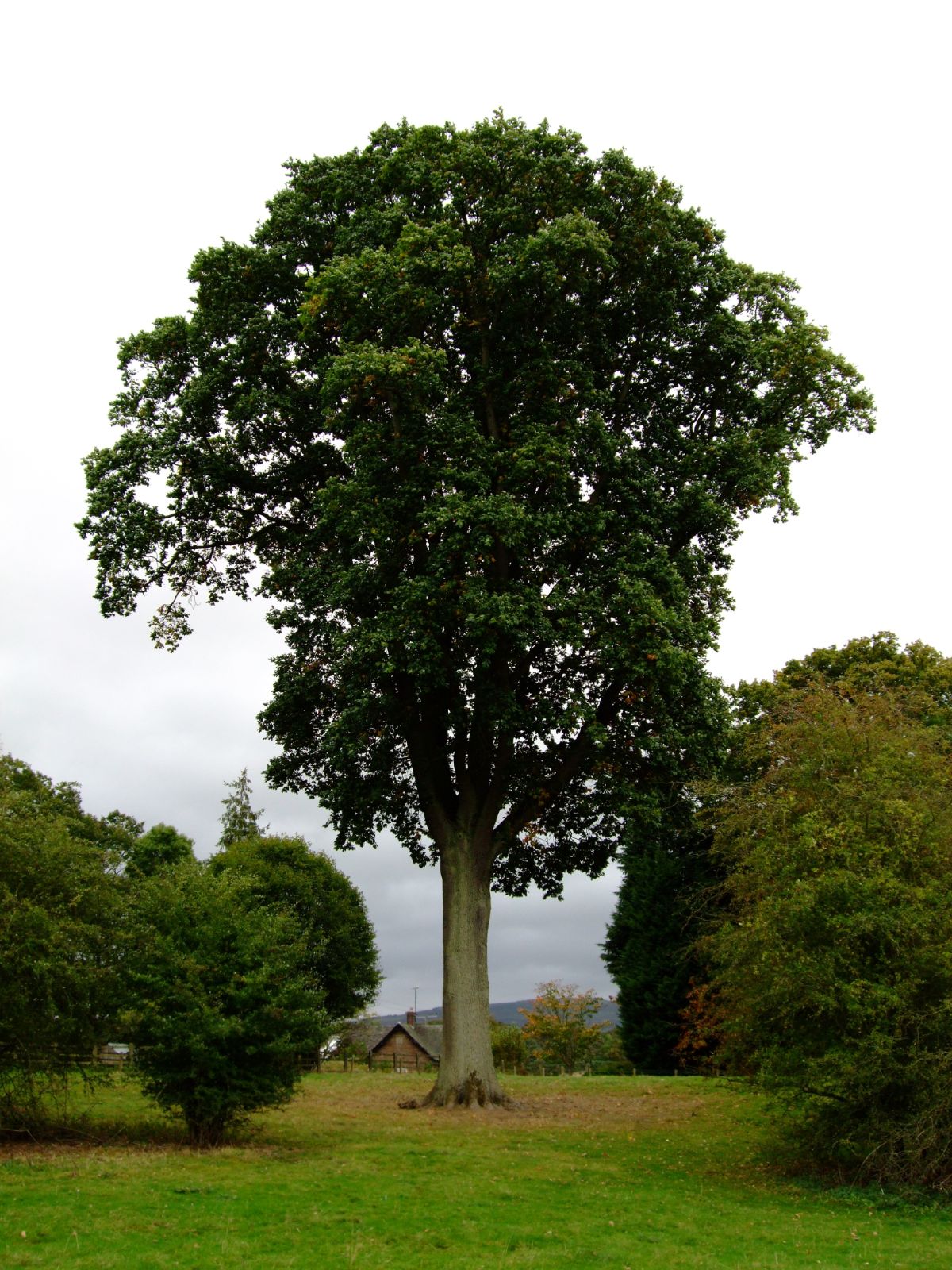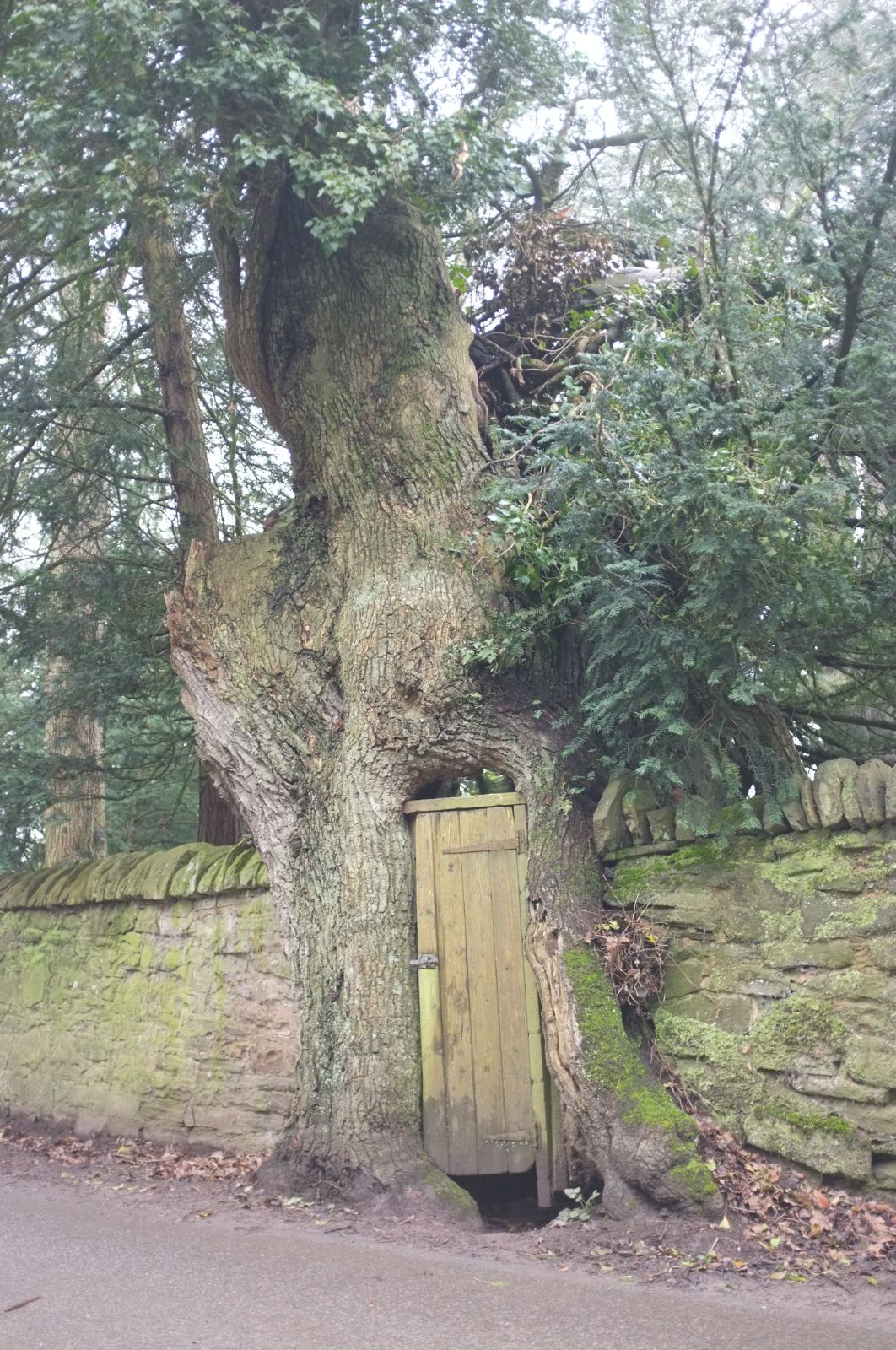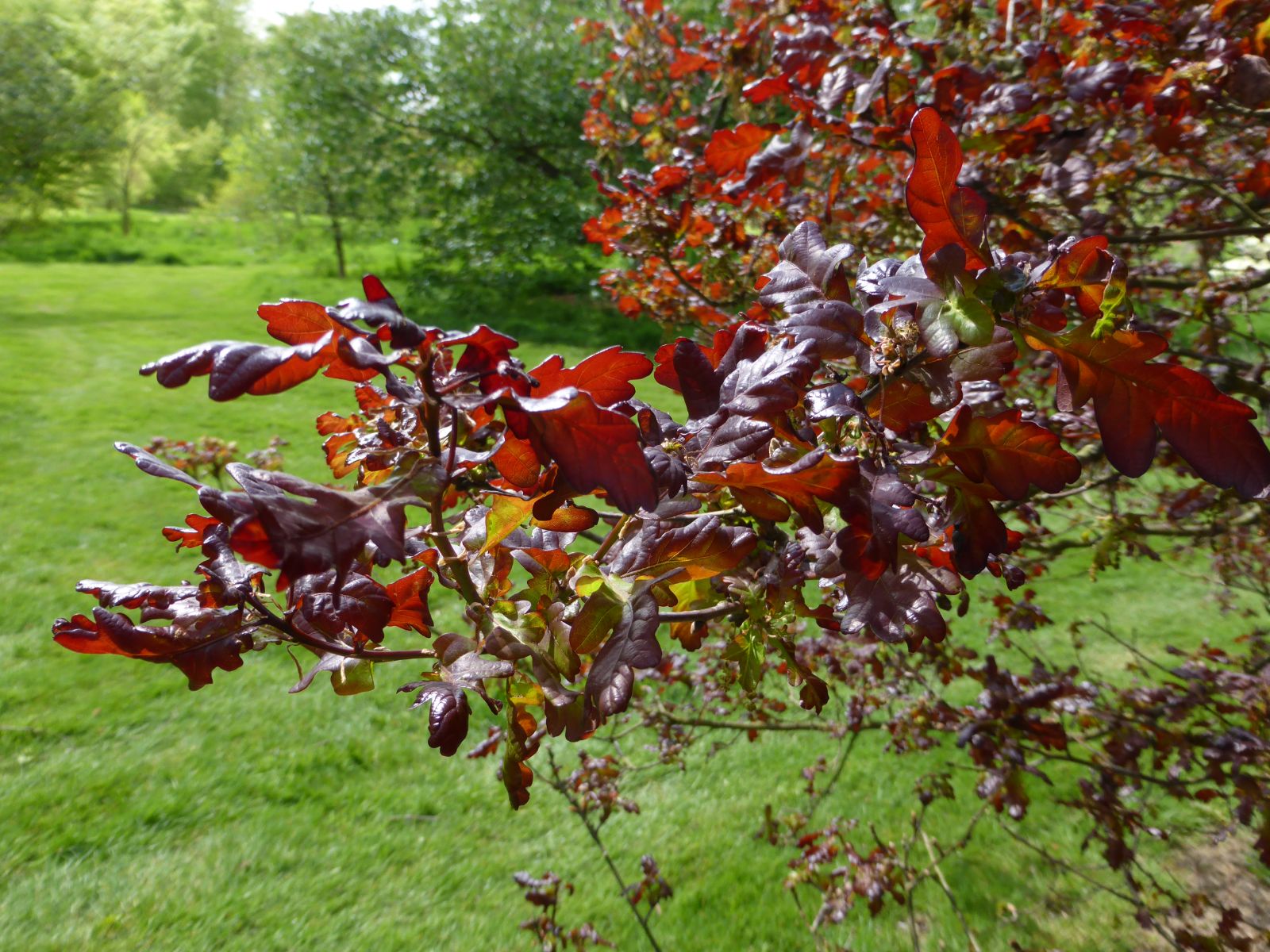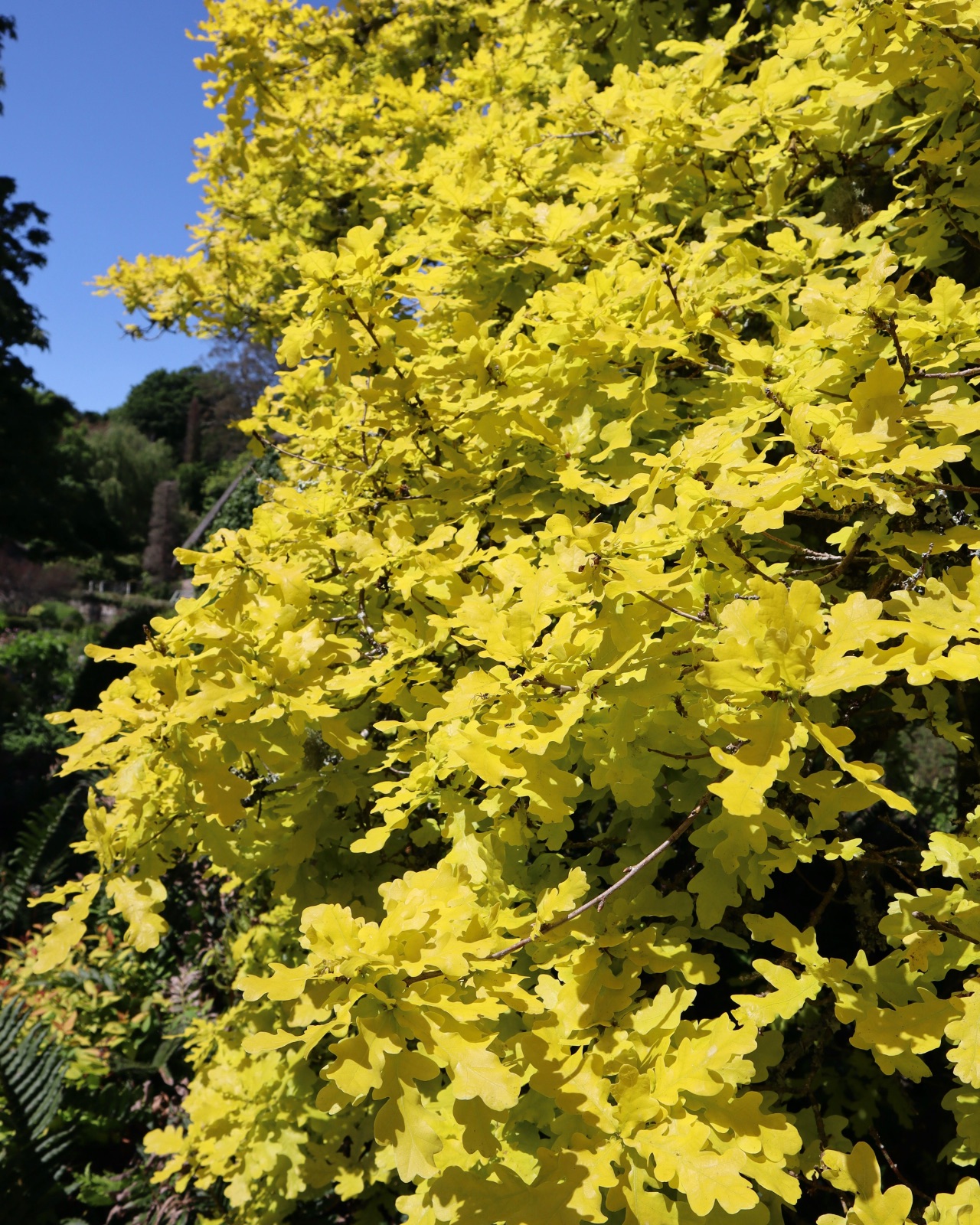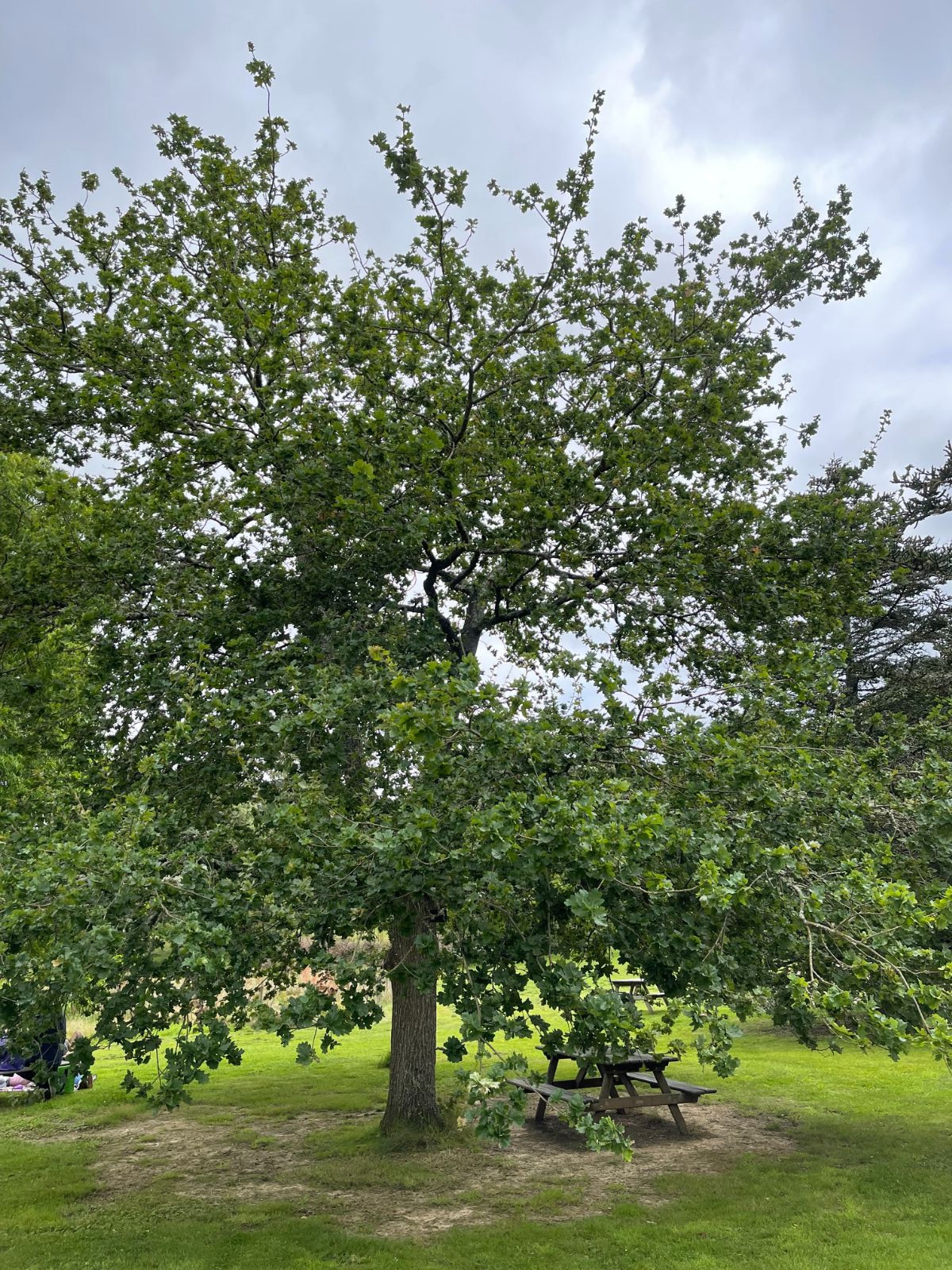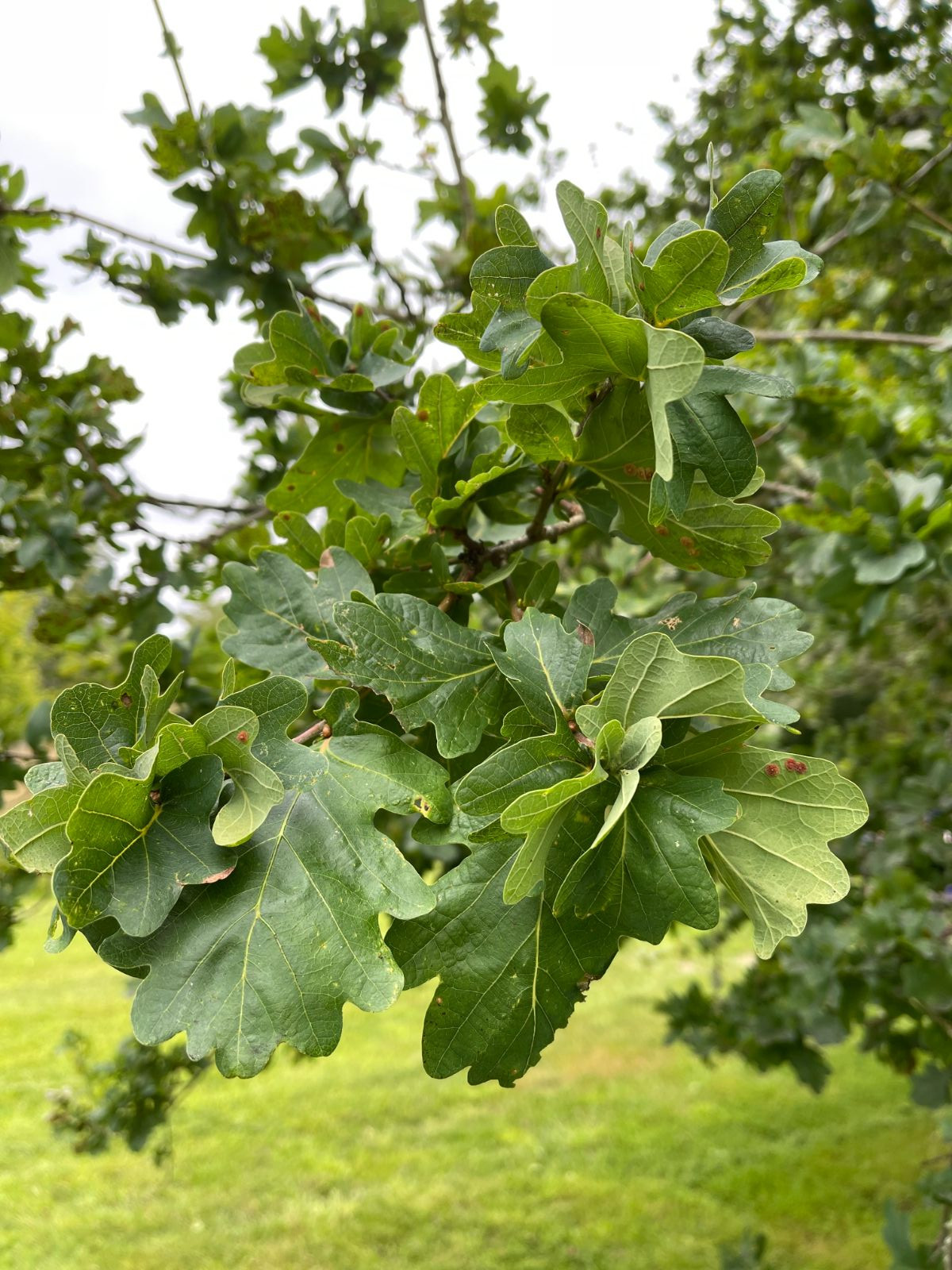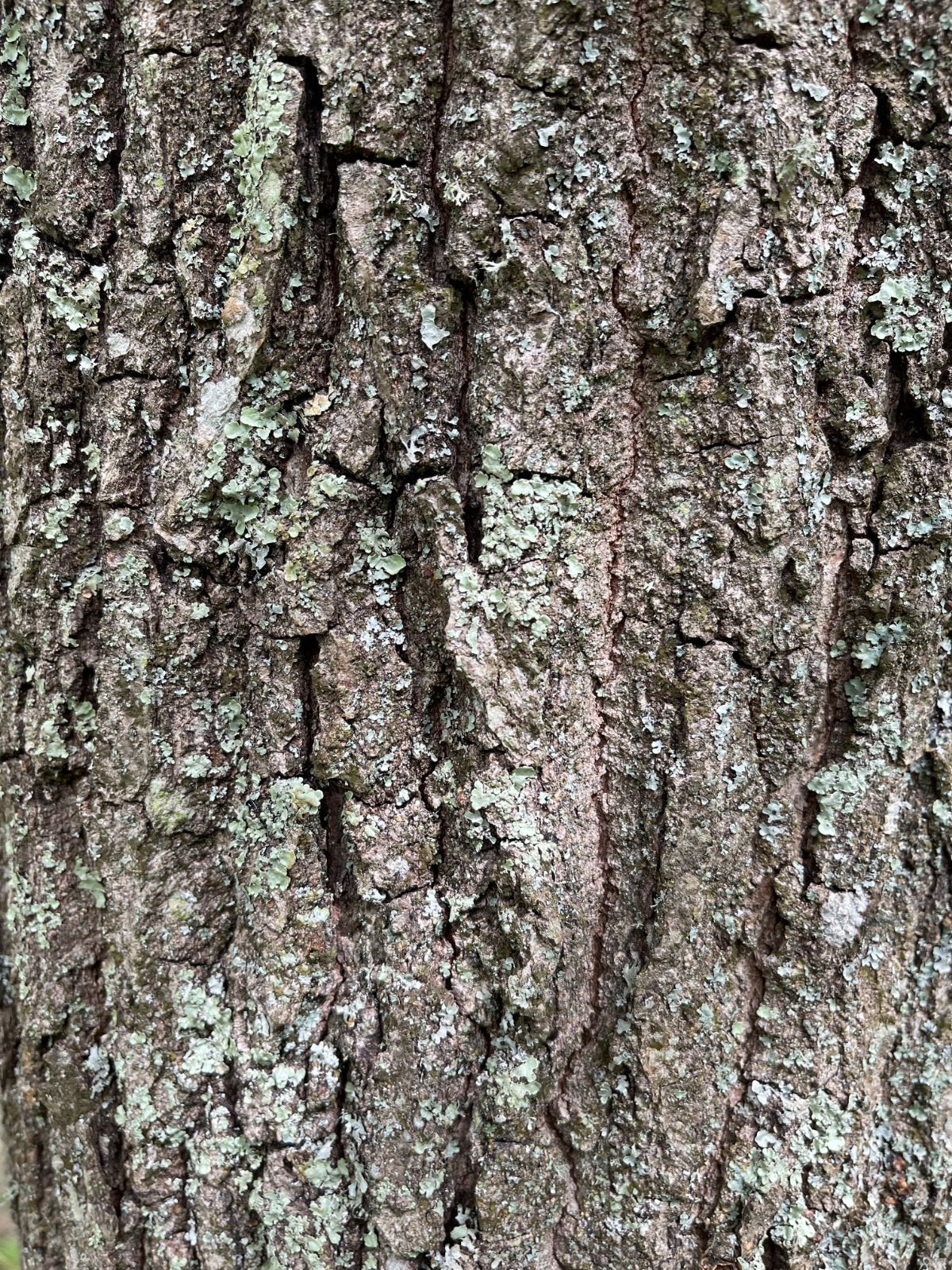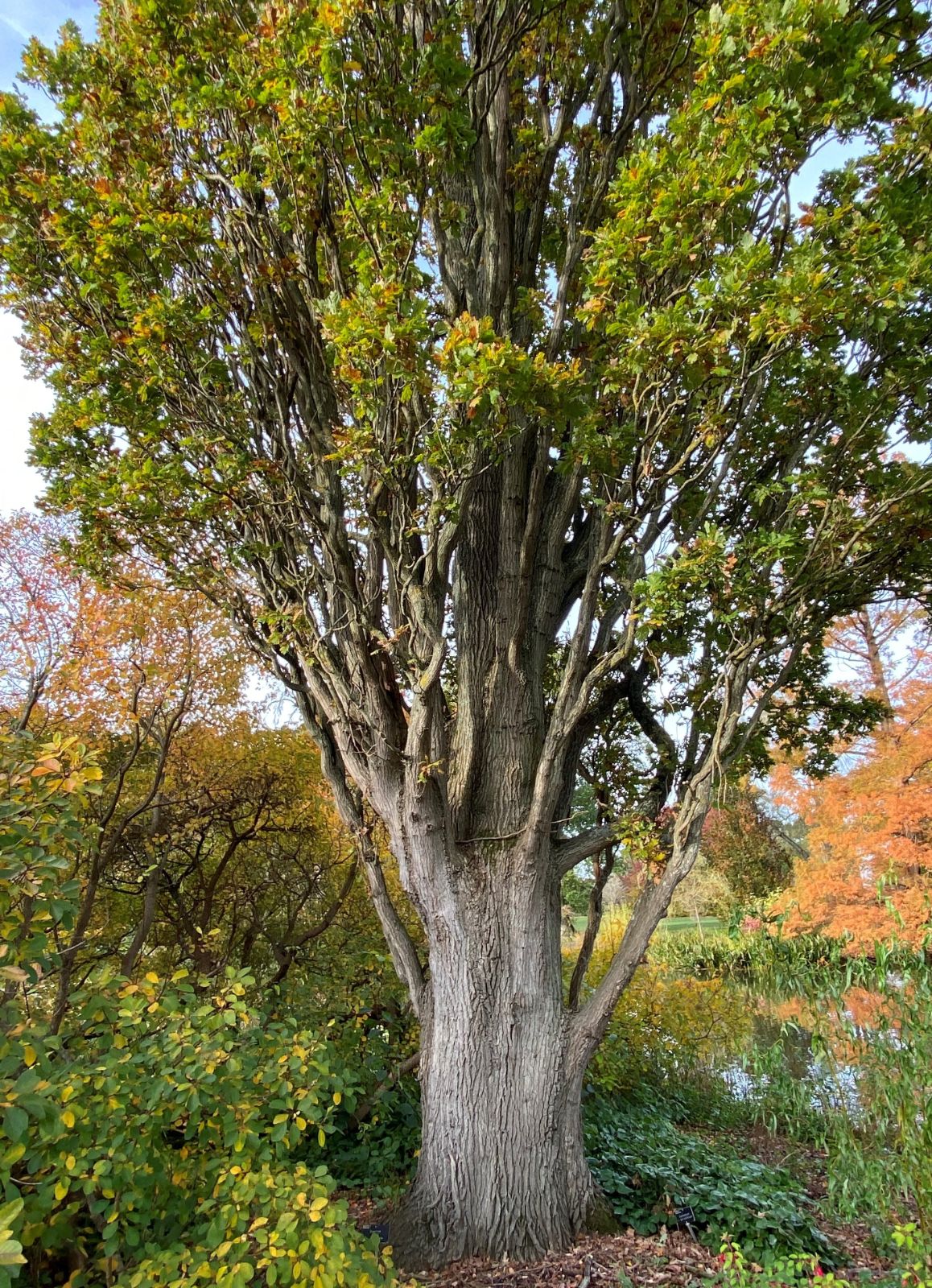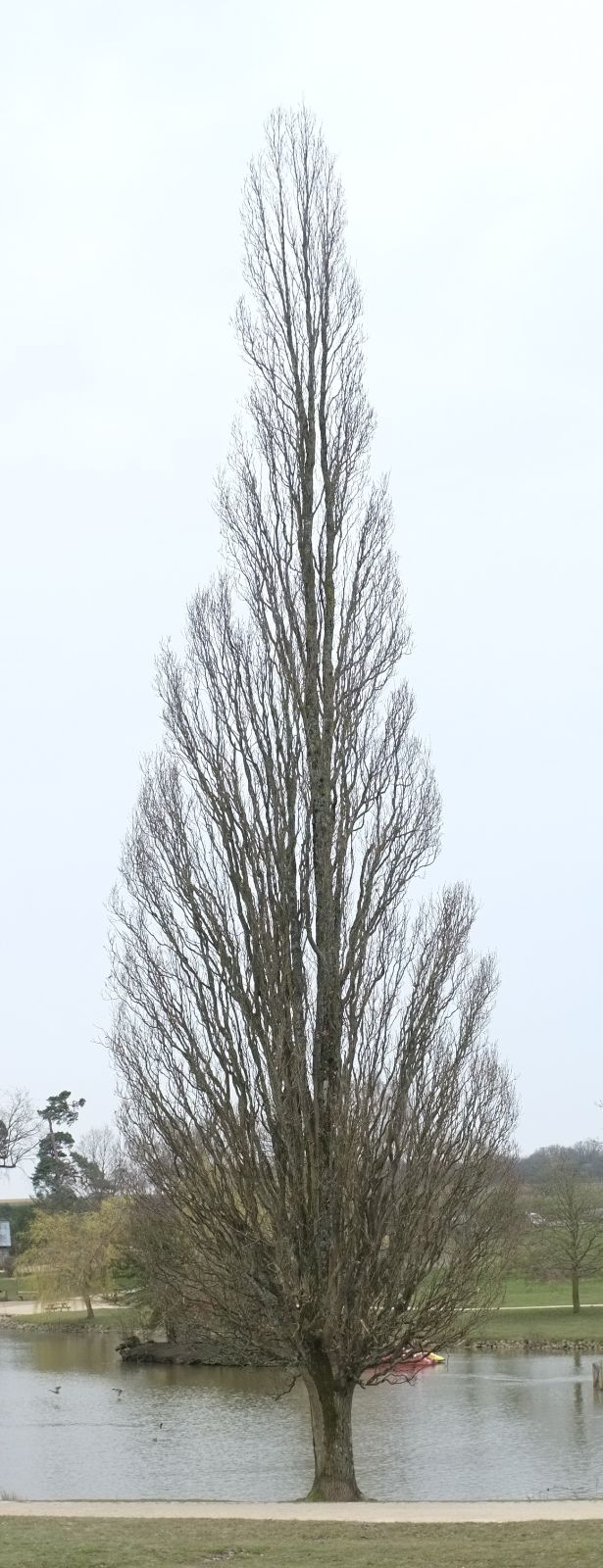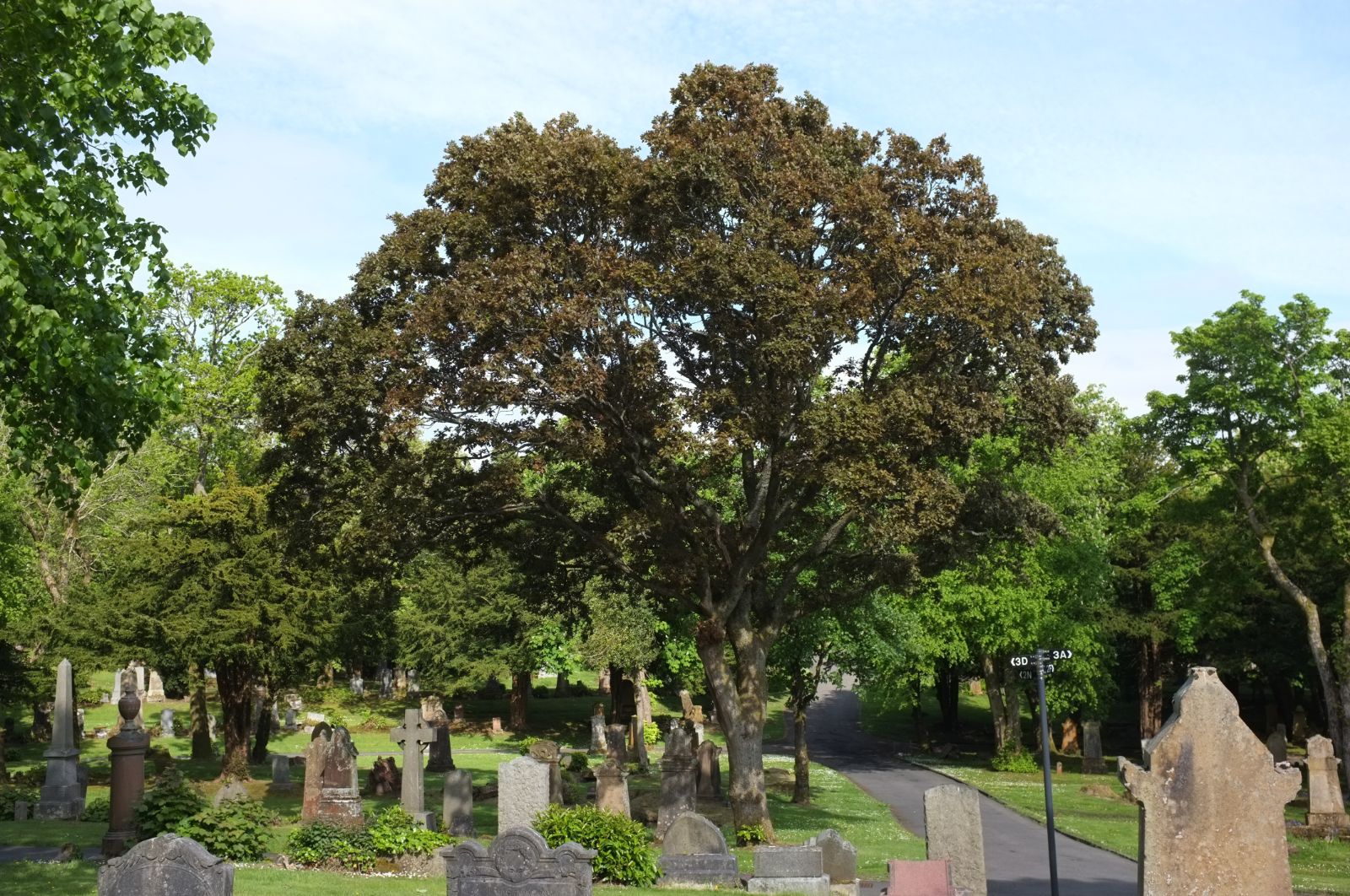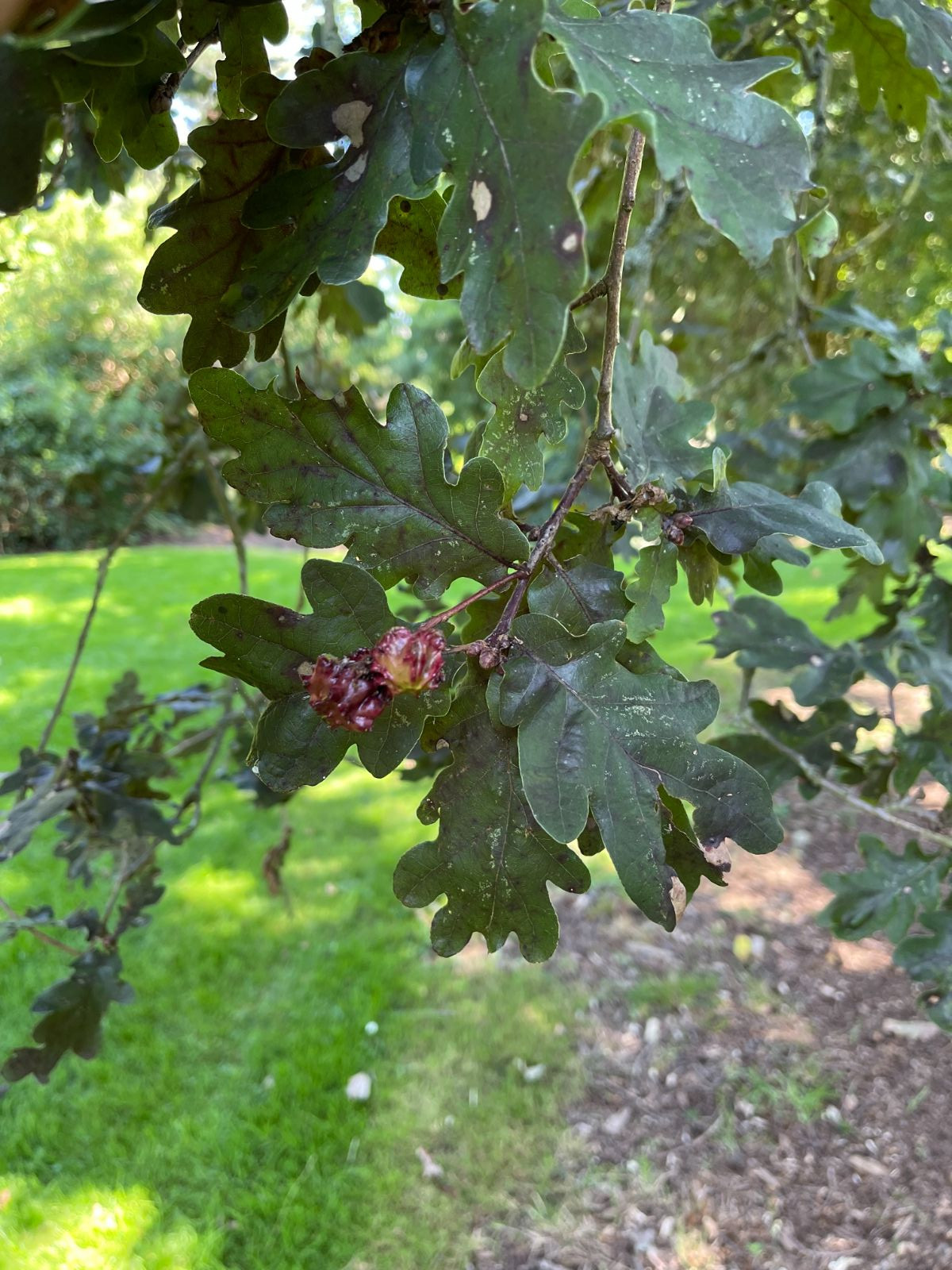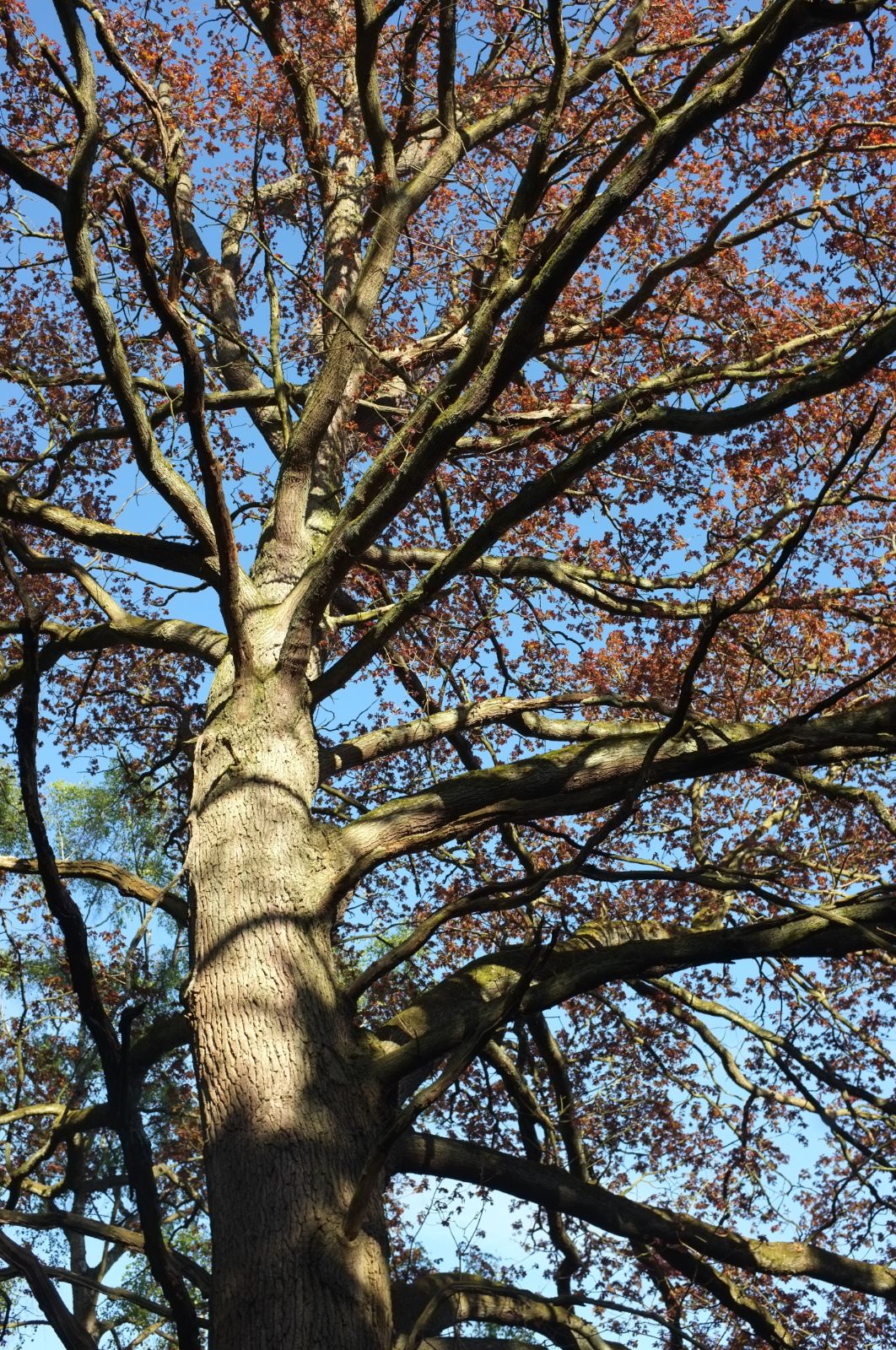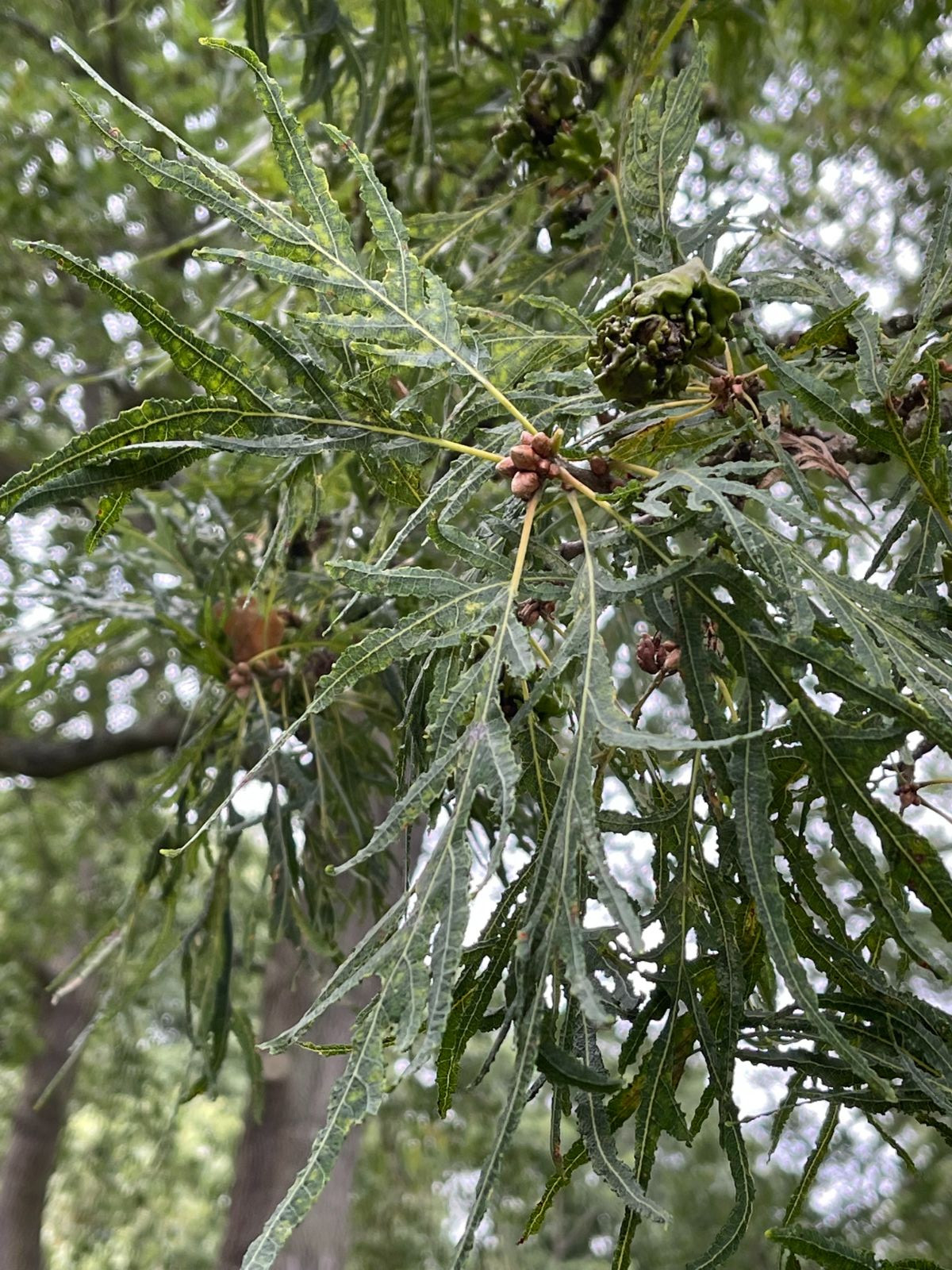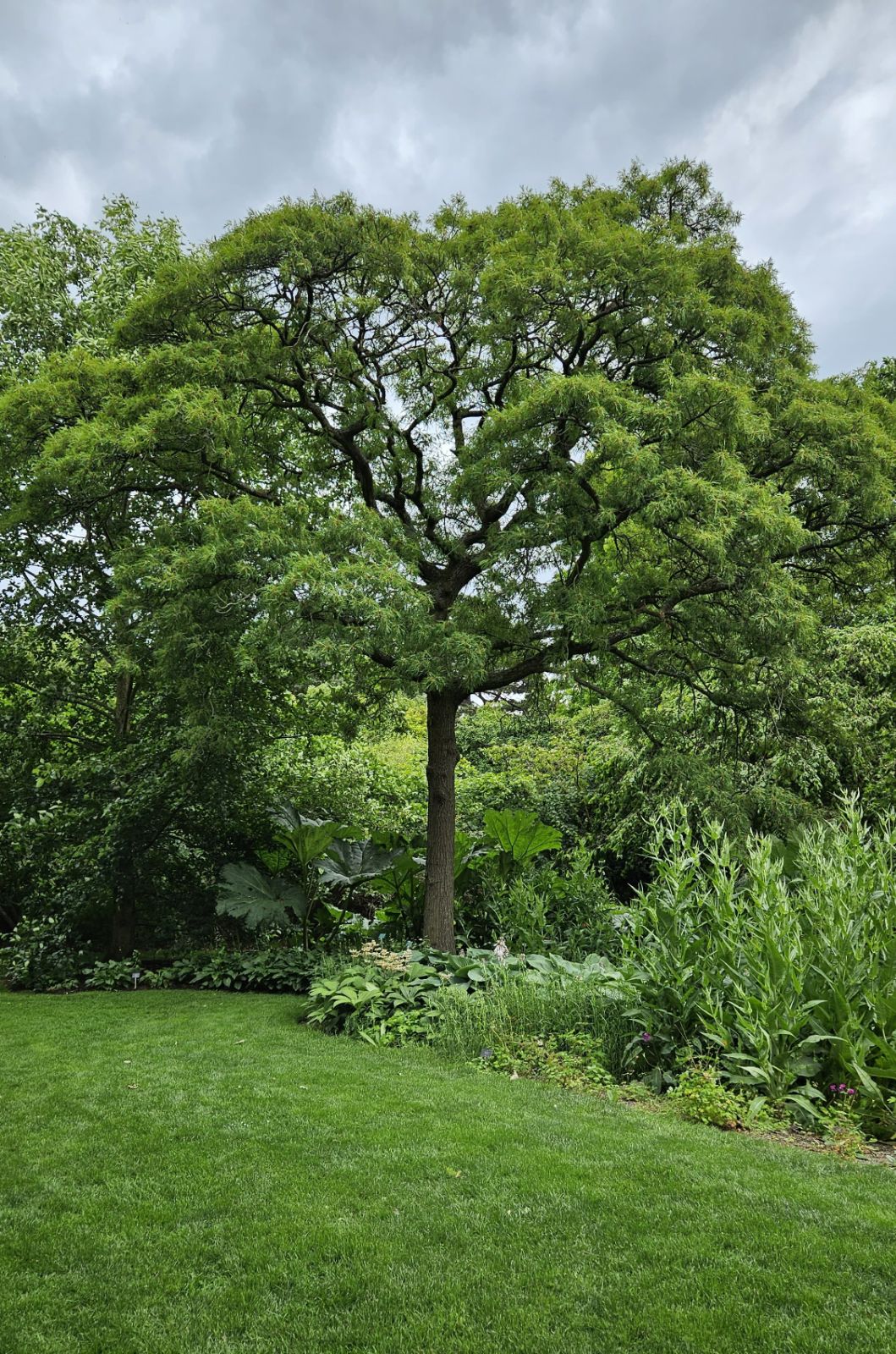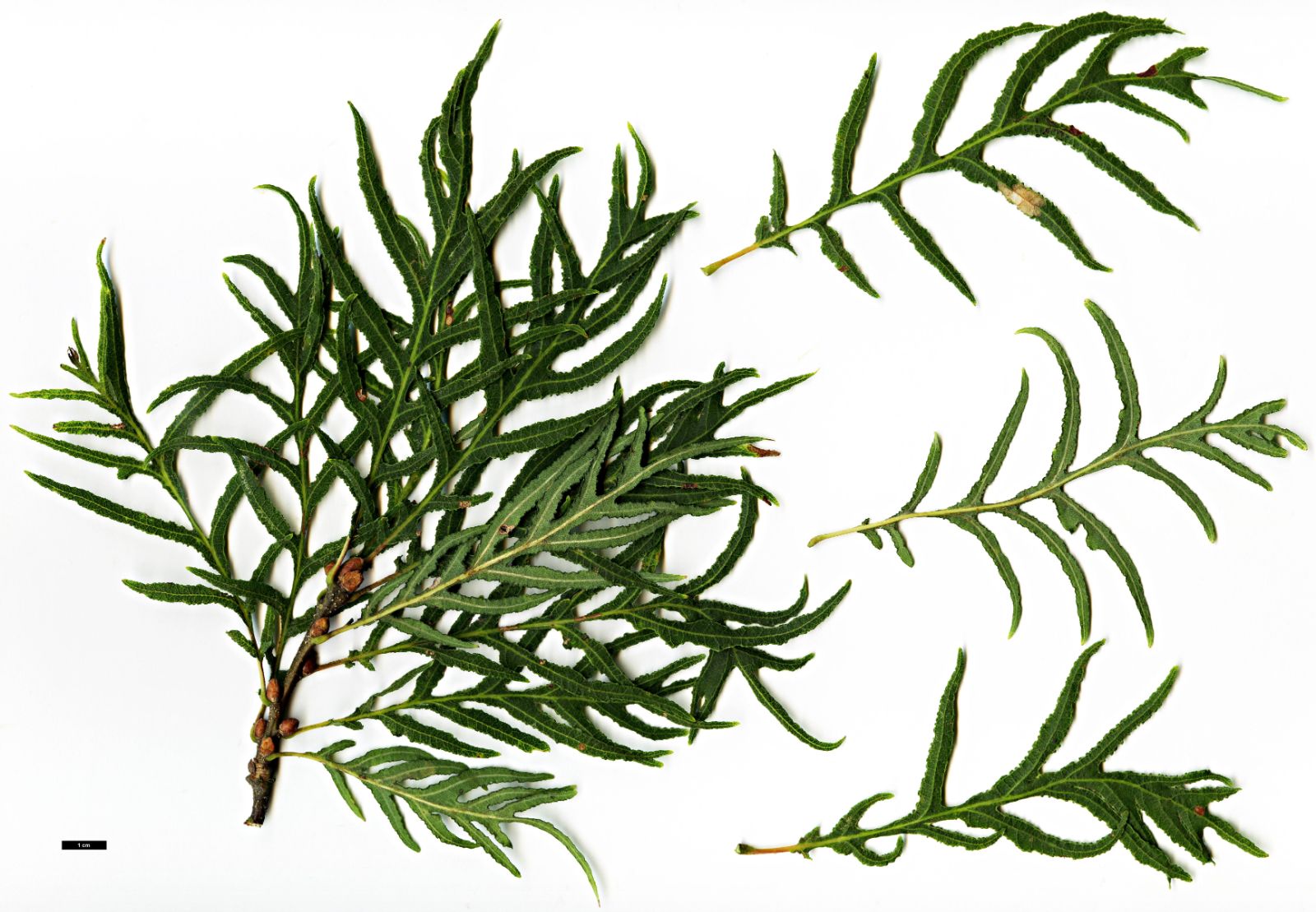Quercus robur
Sponsor
Kindly sponsored by
The Trees and Shrubs Online Oak Consortium
Credits
Article from Bean's Trees and Shrubs Hardy in the British Isles
Recommended citation
'Quercus robur' from the website Trees and Shrubs Online (treesandshrubsonline.
Infraspecifics
Other taxa in genus
- Quercus acerifolia
- Quercus acherdophylla
- Quercus acrodonta
- Quercus acuta
- Quercus acutifolia
- Quercus acutissima
- Quercus afares
- Quercus affinis
- Quercus agrifolia
- Quercus alba
- Quercus aliena
- Quercus alnifolia
- Quercus aquifolioides
- Quercus arizonica
- Quercus arkansana
- Quercus aucheri
- Quercus augustini
- Quercus austrina
- Quercus × auzendei
- Quercus baloot
- Quercus bambusifolia
- Quercus baronii
- Quercus bicolor
- Quercus brantii
- Quercus buckleyi
- Quercus canariensis
- Quercus canbyi
- Quercus candicans
- Quercus castanea
- Quercus castaneifolia
- Quercus cerris
- Quercus chenii
- Quercus chrysolepis
- Quercus coccifera
- Quercus cocciferoides
- Quercus coccinea
- Quercus conspersa
- Quercus crassifolia
- Quercus crassipes
- Quercus delavayi
- Quercus dentata
- Quercus deserticola
- Quercus dolicholepis
- Quercus douglasii
- Quercus dumosa
- Quercus durifolia
- Quercus eduardii
- Quercus ellipsoidalis
- Quercus emoryi
- Quercus engelmannii
- Quercus engleriana
- Quercus euboica
- Quercus eugeniifolia
- Quercus fabri
- Quercus faginea
- Quercus falcata
- Quercus floribunda
- Quercus frainetto
- Quercus franchetii
- Quercus fruticosa
- Quercus fusiformis
- Quercus gambelii
- Quercus garryana
- Quercus geminata
- Quercus georgiana
- Quercus germana
- Quercus gilliana
- Quercus gilva
- Quercus glabrescens
- Quercus glauca
- Quercus graciliformis
- Quercus gravesii
- Quercus griffithii
- Quercus grisea
- Quercus guyavifolia
- Quercus hartwissiana
- Quercus hemisphaerica
- Quercus × hispanica
- Quercus hondae
- Quercus hypargyrea
- Quercus hypoleucoides
- Quercus ilex
- Quercus ilicifolia
- Quercus imbricaria
- Quercus incana
- Quercus infectoria
- Quercus insignis
- Quercus ithaburensis
- Quercus kelloggii
- Quercus × kewensis
- Quercus kiukiangensis
- Quercus laceyi
- Quercus laevis
- Quercus lamellosa
- Quercus lanata
- Quercus lancifolia
- Quercus laurifolia
- Quercus laurina
- Quercus × leana
- Quercus leucotrichophora
- Quercus × libanerris
- Quercus libani
- Quercus lobata
- Quercus lobbii
- Quercus lodicosa
- Quercus longinux
- Quercus longispica
- Quercus look
- Quercus × ludoviciana
- Quercus macranthera
- Quercus macrocalyx
- Quercus macrocarpa
- Quercus macrolepis
- Quercus marilandica
- Quercus mexicana
- Quercus michauxii
- Quercus mongolica
- Quercus monimotricha
- Quercus montana
- Quercus morii
- Quercus muehlenbergii
- Quercus myrsinifolia
- Quercus myrtifolia
- Quercus nigra
- Quercus × numidica
- Quercus oblongifolia
- Quercus obtusata
- Quercus oglethorpensis
- Quercus oxyodon
- Quercus pagoda
- Quercus palmeri
- Quercus palustris
- Quercus pannosa
- Quercus parvula
- Quercus petraea
- Quercus phellos
- Quercus phillyreoides
- Quercus planipocula
- Quercus poilanei
- Quercus polymorpha
- Quercus pontica
- Quercus prinoides
- Quercus pubescens
- Quercus pyrenaica
- Quercus rehderiana
- Quercus reticulata
- Quercus rotundifolia
- Quercus rubra
- Quercus rugosa
- Quercus rysophylla
- Quercus sadleriana
- Quercus salicina
- Quercus sartorii
- Quercus × schneideri
- Quercus schottkyana
- Quercus semecarpifolia
- Quercus senescens
- Quercus serrata
- Quercus sessilifolia
- Quercus setulosa
- Quercus shumardii
- Quercus sinuata
- Quercus spinosa
- Quercus stellata
- Quercus stenophylloides
- Quercus suber
- Quercus subspathulata
- Quercus tarokoensis
- Quercus tatakaensis
- Quercus texana
- Quercus tomentella
- Quercus trojana
- Quercus tungmaiensis
- Quercus turbinella
- Quercus × turneri
- Quercus undulata
- Quercus utahensis
- Quercus utilis
- Quercus uxoris
- Quercus variabilis
- Quercus velutina
- Quercus virginiana
- Quercus vulcanica
- Quercus warburgii
- Quercus wislizenii
- Quercus xalapensis
A deciduous tree which develops in the open ground a broad, spreading head of rugged branches wider than the tree is high. In such positions, fully grown trees are 60 to 80 ft high, but where they are growing close together they reach 100 ft or more in height; young shoots glabrous. Leaves stalkless or shortly stalked, obovate or oblong, ordinarily 2 to 4 in. long, 3⁄4 to 21⁄2 in. wide, the margins cut into three to six rounded lobes, tapered towards the base, where are two small lobes; upper surface dark green, lower one greyish, glabrous. Fruits one to several on a slender stalk 2 to 5 in. long; acorn variable in size and shape; cup hemispherical, with appressed, triangular, obtuse, imbricated scales, which are glabrous or slightly downy.
The common oak of Britain is well known as one of the longest-lived and most valuable timber trees of the world. It is spread pretty generally over Europe and the Caucasus. Although its timber is in less demand now that it was before iron and steel came into use for ship-building, it is still the best that can be used in house-building – floors, panelling, and the like. None other lasts so well, has so much beauty, or satisfies one’s sentiment so completely in an English house.
It is only likely to be confused with Q. petraea, the durmast oak, which differs in having comparatively long-stalked leaves, but stalkless or nearly stalkless acorns; its leaves, too, are always more or less downy beneath, and have not the little lobes or auricles at the base common to Q. robur. Intermediate or hybrid forms occur (see further under Q. petraea).
The following are some of the most notable specimens of common oak in Britain:
Fredville Park, Kent, 371⁄2 ft girth (1967); Bidborough, Kent, ‘Bounds Oak’, 40 × 251⁄2 ft (1959); Panshanger, Herts, 70 × 231⁄4 ft, fine bole (1969); Witley, Surrey, ‘Forrard Oak’, 80 × 133⁄4 ft (1961), a tree often in full leaf by March; Sheffield Park, Sussex, 90 × 20 ft, bole 20 ft (1968); Easebourne, Sussex, 70 × 271⁄2 ft (1961); Kidbrooke Park, Sussex, 110 × 181⁄4 ft, bole 20 ft (1968); Cowdray Park, Sussex, 85 × 231⁄2 ft, bole 16 ft (1967); Bramshill, Hants, ‘Keeper’s Oak’, 55 × 221⁄2 ft (1965); Corsham Court, Wilts, bole 30 ft to fork, 70 × 251⁄2 ft (1964); Holme Lacey, Heref., 75 × 34 ft, superb tree (1962); Powderham Castle, Devon, 97 × 20 ft, bole 50 ft (1963); Hazelgrove, Bruton, Som., 70 × 321⁄4 ft (1961); Walcot Hall, Lydbury, Shrops., 70 × 26 ft (1959); Sherwood Forest, Notts, ‘Major Oak’, 55 × 331⁄2 ft (1965); Althorp, Northants, ‘Crimea Oak’, 60 × 211⁄2 ft, fine bole (1964); Studley Royal, Fountains Abbey, Yorks, 120 × 111⁄2 ft (1966); Drumlanrig Castle, Dumfr., 103 × 181⁄2 ft, bole 40 ft (1970); and in Perthshire: Blair Drummond, 115 × 203⁄4 ft (1954); Dunkeld Cathedral, 100 × 161⁄2 ft, fine tree (1971); Gash House, 102 × 151⁄2 ft (1962); Doune House, 113 × 171⁄2 ft, bole 20 ft (1970); Rossie Priory, 113 × 123⁄4 ft (1970).
The following trees are pollards, i.e., trees which when younger were heavily cut to provide firewood or browse for deer: Cowdray Park, Sussex, 25 × 39 ft (1967); Mottisfont Abbey, Hants, 45 × 341⁄4 ft (1968); Lyndhurst, Hants, ‘Knightwood Oak’, 105 × 231⁄4 ft (1965); Melbury Park, Dorset, ‘Billy Wilkins’, 30 × 371⁄4 ft (1957); Radley College, Herts, 75 × 281⁄4 ft (1968); Bowthorp, Lincs, 40 × 393⁄4 ft (1965).
The common oak has produced many varieties of horticultural interest, of which the following is a selection. On the whole, they are of less ornamental value than the corresponding varieties of the common beech, and certainly much rarer in cultivation.
From the Supplement (Vol. V)
Much interesting information concerning our two native oaks will be found in: M. G. Morris and F. H. Perring (eds.), The British Oak: its History and Natural History (1974). This is the report of a conference organised by the Botanical Society of the British Isles, held in 1973, published as B.S.B.I. Conference Reports No. 14.
specimens (other than pollards): Barrington Hall, Essex, 52 × 351⁄2 ft, with two boles parting low (1983); Marleshall, Essex, 70 × 271⁄4 ft (1984); Fredville Park, Kent, 60 × 381⁄4 ft (1973); Lullingstone, Kent, girth 321⁄4 ft (1982); Old Parsonage, Brenchley, Kent, 40 × 321⁄2 ft (1983); Leeds Castle, Kent, on Drive, 135 × 121⁄4 ft (1982); Hall Place, Kent, 102 × 22 ft (1984); Headcorn Church, Kent, 35 × 341⁄2 ft (1985); Sheffield Park, Sussex, 95 × 201⁄4 ft (1974); Codhurst, near Horsham, ‘Sun Oak’, 72 × 271⁄4 ft at 3 ft (1984); Corsham Court, Wilts., the tree mentioned is dead but another is 56 × 253⁄4 ft (1985); Holme Lacy, Heref., 75 × 341⁄4 ft (1973), now a wreck (1984); Kentchurch, Heref., ‘Jacky Kemp’s Oak’, 30 × 363⁄4 ft (1975); Aston Court, Clifton, Bristol, 82 × 241⁄2 ft (1985); Hazelgrove, Sparkford, Som., ‘King’s Oak’, 82 × 341⁄2 ft (1984); Powderham Castle, Devon, the largest was blown down 1984; Walcot Park, Lydbury, Shrops., 102 × 14 ft, clear bole 40 ft (1975); Lydham, Shrops., 60 × 381⁄2 ft (1984); Althorp, Northants, ‘Crimea Oak’, 72 × 223⁄4 ft (1983); Sherwood Forest, Notts., ‘Major Oak’, 72 × 323⁄4 ft (1983); Gathmyl House, Newtown, Powys, 60 × 33 ft at 4 ft (1984); Culcreuch Castle, Stirlings., 121 × 17 ft (1984); Blairquhan, Ayrs., 66 × 251⁄4 ft (1984); Drumlanrig Castle, Dumfr., this tree is a sessile oak; Keir House, Perths., 124 × 14 ft (1985); Blair Drummond, Perths., this tree is dead; Dunkeld Cathedral, Perth, 105 × 161⁄2 ft (1974); Doune House, Perths., 113 × 171⁄2 ft (1970); Rossie Priory, Perths., 118 × 14 ft (1985); Methven Castle, Perths., ‘Pepperwell Oak’, 75 × 223⁄4 ft (1985).
The following are pollards (see page 508):
Radley College, Berks., 82 × 29 ft (1981); Mottisfont Abbey, Hants, 331⁄2 ft in girth at 3 ft (1973); Knightwood, Lyndhurst, Hants, 85 × 24 ft (1984); Melbury, Dorset, ‘Billy Wilkins’, 50 × 391⁄2 ft (1980); Bowthorp, Lincs., 391⁄2 ft in girth at 51⁄2 ft (1980).
cv. ‘Cristata’. – In addition to the Kew tree, there is another at Talbot Manor, Norfolk, measuring 36 × 21⁄2 ft (1978).
f. fastigiata-specimens: Whiteknights, Reading, the old dying tree (page 509) was 103⁄4 ft in girth in 1971; Bagshot Park, Surrey, pl. 1908, a narrow-crowned tree 60 × 6 ft and a broader one 77 × 71⁄2 ft and 94 × 9 ft (1982); Rivers’ Nursery, Sawbridgeworth, Herts., in road island, 88 × 103⁄4 ft (1984); Wakehurst Place, Sussex, 75 × 83⁄4 ft (1984); Petworth House, Sussex, by North Car Park, 88 × 9 ft, broad-crowned (1983); Melbury, Dorset, 90 × 83⁄4 ft (1980); Bicton, Devon, 70 × 111⁄4 ft, broad-crowned (1983); Woburn, Beds., 84 × 83⁄4 ft (1982); Dawyck, Peebl., 70 × 51⁄4 ft and 72 × 31⁄2 ft (1982).
cv. ‘Filicifolia’ – specimens: Kew, near Restaurant, 38 × 43⁄4 ft (1980); Reed Hall, Exeter University, 38 × 41⁄2 ft (1983); Edinburgh Botanic Garden, 36 × 3 ft (1985); Drummond Castle, Perths., 33 × 33⁄4 ft (1985).
f. pendula – The tree at Whitfield, Herefordshire, now scarcely weeping, measures 92 × 151⁄4 ft (1984).
f. purpurascens – There is a specimen with leaves of a good purple at Drummond Castle, Perthshire, measuring 23 × 21⁄2 ft (1985) and another, also well coloured, at Kildrummy Castle, Aberdeen.
'Atropurpurea'
See under f. purpurascens,
'Concordia'
Common Names
Golden Oak
Leaves of a bright yellow lasting through the summer, but liable to scorch; not of a strong constitution. It appeared in Van Geert’s nursery at Ghent about 1843, and had reached this country by 1868, in which year it received a First Class Certificate when shown by the nurseryman Lee of Hammersmith. The variety ‘Aurea Leucocarpa’ is similar, but is probably no longer in cultivation. There is a fine specimen of ‘Concordia’ at Wilton House, Wilts, measuring 41 × 4{1/2} ft (1971).
'Crispa'
Leaves small, very wrinkled.'Cristata'
Leaves densely clustered, small, contorted, oblique, the midrib dividing the blade into two unequal halves. Described by Dr Henry from a tree growing wild in Savernake Forest, where it was known as the Cluster oak (Gard. Chron., Vol. 61 (1917), pp. 34–5). A plant raised from its acorns was true to type and more were sown in 1917, from which the present garden stock is almost certainly descended. Messrs. Hillier received plants from Dr Henry around 1919. The example at Kew, pl. 1925, measures 30 × 3 ft (1972).
'Doumetii'
Leaves cut almost to the midrib into rather narrow, undulated and twisted lobes. Raised in the famous Arboretum de Balaine towards the end of the last century and put into commerce by the nurseryman Treyve of Moulins.f. fastigiata (Lam.) Schwarz
Synonyms
Q. fastigiata Lam.
Of narrow, fastigiate habit. The most famous oak of this kind was one of dense, cypress-like habit which grew wild in a forest at Haareshausen, two miles from Babenhausen (south-east of Frankfurt-am-Main). This appears to have first come to notice during the Seven Years War and was propagated by grafting around 1783. One of the original trees raised from it grew at Wilhelmshöhe near Cassel and from it, or from the parent tree at Haareshausen, most of the fastigiate oaks cultivated in Germany, and perhaps in other countries, are believed to be descended. The tree at Wilhelmshöhe measured 100 × 8{1/2} ft at 3 ft in 1883. But there is also a race of oaks in the western Pyrenees which, according to Mme Camus, differs from the common oak not only in being often of fastigiate habit but also in botanical characters, notably the more closely arranged scales of the acorn-cup and the more regularly lobed leaves, glaucous beneath. According to her, fastigiate oaks cultivated in France belong to this race.A tree at Whiteknights, Reading, now dying back, measures 60 × 10{1/2} ft (1962). This may be the one planted by the Marquis of Blandford around 1800, and a younger, healthy tree of 77 × 7{3/4} ft could be a seedling from it (several were raised in 1867, see Gard. Chron., Vol. 19 (1883), p. 252). Other notable specimens are: Bagshot Park, Surrey, from Potsdam, pl. 1908, 80 × 8 ft and 62 × 6{1/2} ft, the latter with the shape of a Lombardy poplar, the former less narrow (1969); Wakehurst Place, Sussex, 66 × 6{1/4} ft (1966); Melbury Park, Dorset, 73 × 8 ft (1967); Woburn Abbey, Beds., pl. 1875, 67 × 7{3/4} ft at 3{1/2} ft, with a broad crown (1961); Dawyck, Peebl., 65 × 4{1/2} ft (1961), with a narrow crown, and 76 × 5 ft (1966) with a wider crown.The fastigiate oak comes partly true from seed and has no doubt often been propagated that way, whence the variability of cultivated specimens. A very slender form, perhaps a clone, is known as ‘Cupressoides’. Loudon described ‘Hodginsii’, perhaps of independent origin, said to be of more fastigiate habit, and with smaller leaves, than in the common oak ‘Granbyana’ is of broadly pyramidal rather than columnar habit. In ‘Fastigiata Purpurea’ the leaves are purple at first, later dark green. According to Krüssmann, this was raised by the nurseryman Kleinert of Graz, around 1895. Nothing is known of ‘Fastigiata Rubra’, offered by the Lawson Company of Edinburgh earlier in the last century, but presumably it was similar.
- Skyrocket® A plant is marketed by J. Schmidt & Son Co.as Q. robur ‘Fastigiata’ Skyrocket® oak. It is a selected form introduced in 1989 but so far without a name. Dirr & Warren (2019) accept it as a selection and state that at one time it was the best columnar form but has been surpassed by hybrids. Dirr, M.A. & K.S. Warren. 2019. The Tree Book. Timber Press, Portland, Oregon.
f. pendula (Loud.) Schwarz
Synonyms
Q. pedunculata var. pendula Loud
Branches in some degree pendulous. This variant occurs in the wild, and the cultivated trees are no doubt of many independent origins. The finest example known to Loudon grew at Moccas Court, Herefordshire (Arb. et Frut. Brit. (1838), Vol. III, p. 1732); it still existed seventy years later but by then had ceased to weep. The finest weeping oak known at the present time also grows in Herefordshire, but whether it was propagated from the Moccas Court tree is not known. It grows at Whitfield and measures 95 × 14{1/2} ft (1963).
f. purpurascens (DC.) K. Koch
Young leaves and shoots purple. This form was originally described by de Candolle in 1808 from a tree growing in the Maule Forest near Le Mans. ‘Purpurea’, distributed by Loddiges’ nursery before 1838, was of this character. Later in the century other purple oaks came into commerce, of which the most striking is ‘Nigra’, with very deep purple foliage which keeps its colour late and has a slight pruinose bloom. ‘Atro-purpurea’ has the young foliage deep purple, becoming brownish later; it is very slow-growing, reaching 30 or 40 ft in height.
f. variegata (West.) Rehd
There are several forms of variegated common oak, but very few are of much value in the garden and virtually none is in commerce. The leaves are variously marked with white or yellow, either on the margins or over the blade generally. A curious form once grown at Kew is green on the first growth of the season, variegated on the second.
'Fennessii'
Leaves very variously shaped, some long and narrow, scarcely or not at all lobed, often hooded; others deeply and raggedly cut, never so regularly as in ‘Filicifolia’. They usually hang loosely from the branches, and are 3 to 9 in. long, {1/2} to 2 in. wide. Raised in Ireland by Fennessey and Son of Waterford around 1820. It was put into commerce as Q. pedunculata fennessi, but the varietal epithet became corrupted to “Trinessii”. Loudon included it in his var. heterophylla and it has in consequence acquired the cultivar name ‘Heterophylla’ (Arb. et Frut. Brit., Vol. 3, p. 1735 and fig. 1571).'Filicifolia'
Leaves cut almost or quite to the midrib into narrow, slender, pointed lobes about {1/4} in. wide. They are hairy along the midrib beneath, whence the suggestion that this cultivar belongs to Q × rosacea (Q. robur × Q. petraea). But Dr Schwarz, the German authority on the oaks, places it under Q. robur. The fruits are pedunculate, as in Q. robur, and the leaves are short-stalked as in that species, though, owing to the reduction in the surface of the leaf-blade they appear to be long-stalked.’Filicifolia’ is one of the most elegant of cut-leaved trees, but slow-growing. An example at Kew, near the Restaurant, measures 40 × 4{1/4} ft (1973) and there are two others in the Oak collection by the Thames. It is said to have been found wild in southern Germany, and was put into commerce shortly before 1854.
'Heterophylla'
See under ‘Fennessii’.'Holophylla'
Leaves stalked, oval or slightly obovate, perfectly entire, blunt at the apex, and with the ordinary pair of auricles at the base, 1 to 3{1/2} in. long, {1/2} to 1{1/2} in. wide; stalk {1/4} to {1/2} in. long. Acorn-stalk 3 in. or more long. This remarkable oak was distributed at the beginning of this century by Jacob Jurissen and Son of Naarden, Holland, under the name Q. sessiliflora longifolia. In transferring it to Q. robur, Rehder altered the varietal epithet to holophylla to avoid confusion with another oak (not treated here).'Pectinata'
Resembling ‘Filicifolia’, with which it has been confused, differing from it in the more regularly arranged lobes, not reaching so far to the midrib.
Q brutia Ten.
Synonyms
Q. robur var. brutia (Ten.) Ten.
Q. robur subsp. brutia (Ten.) Schwarz
Q haas Kotschy
Synonyms
Q. robur var. haas (Kotschy) Boiss
Q pedunculiflora K. Koch
Synonyms
Q. pedunculata subsp. pedunculiflora (K. Koch) Maire & Petitmengin
Q. haas var. atrichoclados Borbas & Bornm.
Q. brutia subsp. pedunculiflora (K. Koch) Schwarz
Q thomasii Ten.
Synonyms
Q. robur var. thomasii (Ten.) Wenzig
Q. brutia var. tbomasii (Ten.) Simonkai


